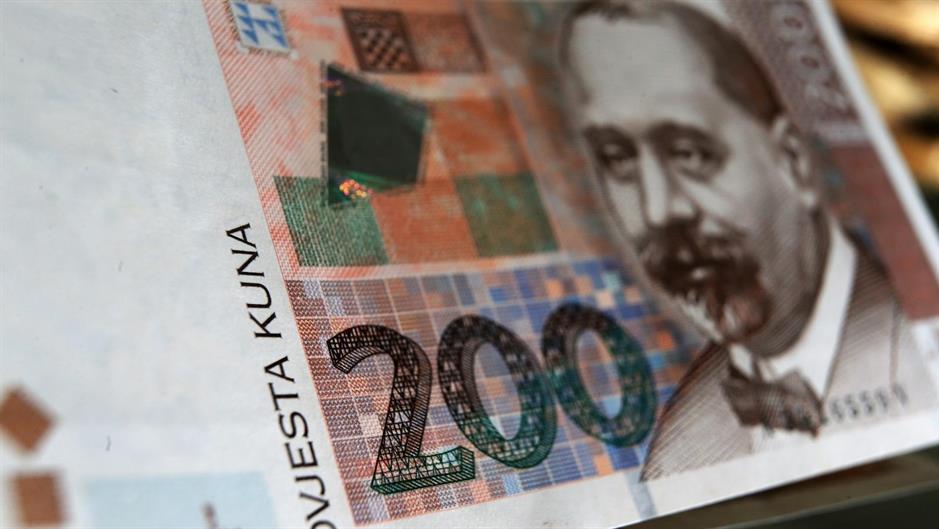
At of the end of June 2018, loans in Croatia totalled 251 billion kuna (€33.8 billion), or up by 0.8 percent from May, but down 2 percent compared to the same month last year, Raiffeisenbank Austria (RBA) analysts said in their comment on the data recently published by the central bank.
Month-on-month, lending went up for the fifth month running, while year-on-year it had been sliding since November 2012.
The year-on-year decrease is mainly attributed to a 7.7 percent drop in the value of foreign currency-denominated loans, whose share fell below 60 percent of all loans, totalling 149.5 billion kuna (€20.1 billion) in June 2018.
Local currency kuna-denominated loans totalled 101.6 billion kuna (€13.7 billion), up 0.9 percent compared to May, and 7.7 percent year-on-year. The share of kuna loans in the total now exceeds 40 percent, an increase of almost 4 percentage points in only a year. According to RBA analysts, this was due to a lower interest rates for kuna loans.
The central government continued develeraging at double-digit rates. Corporate loans, accounting for almost 34 percent of all loans, totalled 85 billion kuna (€11.5 billion) at the end of June 2018, inching up 0.9 percent month-on-month, but slightly down by 0.1 percent compared to June 2017.
Household loans, accounting for 48.5 percent of all loans, totalled 121.8 billion kuna (€16.4 billion), up 3.9 percent on the year, their value increasing for the tenth month running. Household loans denominated in the local currency kuna went up by 24 percent compared to June 2017, while those in the foreign currency fell by 6.1 percent.
(€1 = 7.41 kuna)
Follow N1 via mobile apps for Android | iPhone/iPad | Windows| and social media on Twitter | Facebook.
Kakvo je tvoje mišljenje o ovome?
Pridruži se raspravi ili pročitaj komentare



 Srbija
Srbija
 Bosna i Hercegovina
Bosna i Hercegovina
 Slovenija
Slovenija







